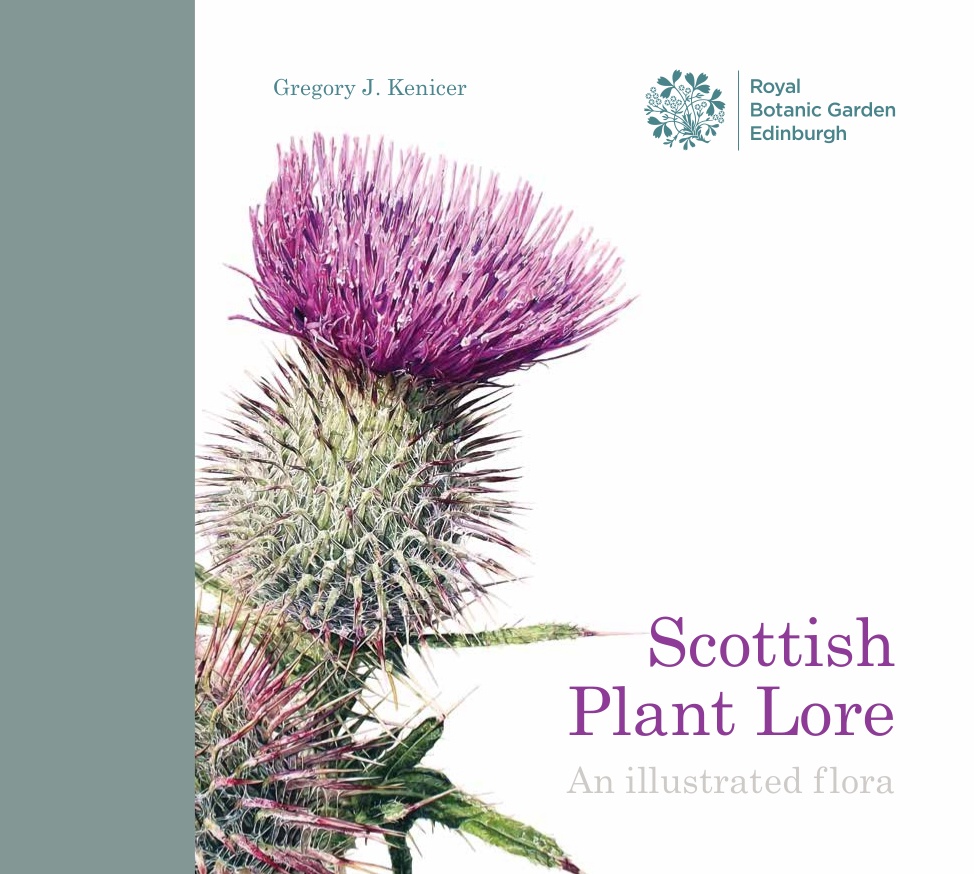Would it be so very wrong to think of Scottish flora in terms purely of thistles and heather? Yes, indeedy.
Although the thistle’s association with Scotland are as strong and distinct as whisky and tartan, there’s much more to Scotland’s plant life than might be imagined. This glorious book on the nation’s plants – from moorlands and pinewoods to back gardens, coastal fringes, and even the seaweed by the shore – is beautifully produced. The Royal Botanic Garden Edinburgh (the book’s publisher) has wisely used a combination of modern illustrations, vintage botanical watercolours, and photographs of dried specimens from the garden’s extensive archive.
Each example is elegantly and authoritatively presented over two pages with lots of white space to make the illustrations breathe. The entries are by no means extensive but what’s offered is a great taster of a huge range of plant life. Each beautifully written listing gives English, Scots, Gaelic, and Latin names and where best to go plant-spotting. There are also hints at ancient usages. The herb bitter vetch, for example, was used in the 18th-century as an appetite suppressant and flavouring for whisky.
The sea buckthorn’s amber berries so often seen around Scotland’s beaches is the new superfood. “The tart berries are very rich in vitamins and they have become popular in recent years as a wild food particularly for ice creams and sorbets,” writes the book’s author Gregory J Kenicer, who is head of education at the RBGE.
There is much superstition and lore associated with Scotland’s wild plant life. Take the humble dock leaf so often used for nettle stings. According to Kenicer, “The roots were once mixed with vinegar and lard to make an ointment for treating burns and scalds. A tea or distillate made from dock was taken for scurvy”.
In the 17th-century, Scots Sir Robert Sibbald (a physician, botanist, and Geographer Royal) and his friend Andrew Balfour “established Scotland’s first physic garden to supply plants for use in medicine and to train physicians in medical botany which was the basis of their practice,” writes Kenicer.
Douglas Fir, the Rowan, and the humble thistle are seen as emblematic of Scotland the world over. The thistle that appears on the book’s cover is the most famous variety, the spiky Scotch thistle with its characteristic purple plume. “Its taxonomic name Onopordon means something along the line of ‘donkey’s fart’,” says Kenicer, “an exquisitely romantic name for such an iconic plant”.
